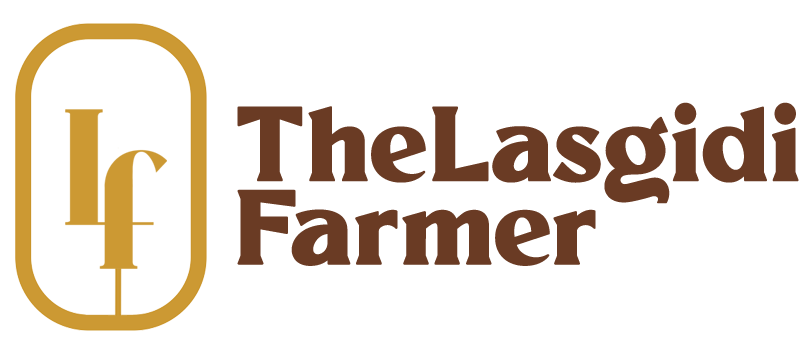Note: This article was (first) published in 2022, on LinkedIn
The whole catfish sector is in distress from inflation and there is bound to be serious effects.
Farmers recently reached a consensus to sell catfish for ₦2,000/kg irrespective of grow-out size as they cannot keep up with a rising production cost, feed in particular.
Price of feed has been soaring but farm gate price for catfish has not been in equal proportion.
Just before the newly agreed price, (in Lagos) a kg of live catfish sold for ₦1,100/kg 29% higher to ₦850/kg it was late 2020, whereas price of a bag of 2mm Blue Crown (one of the cheapest fish feeds) increased by 54% from ₦6,500 september last year to about ₦10,000 today, almost twice the percentage increase of catfish retail price.
Regardless of the different degree to which both are affected by inflation, both show the impact of inflation in the catfish industry.
The pandemic wreaked havoc and still is on supply chains and economies around the world, not only raising cost of foreign feed production but also freight to importing countries which too is impacted by falling value of the naira and increased importing cost.
Situation at home is not any better nor offsetting global impact but rather compounds it. Insurgency and climate change have cut short maize and other vital ingredients supply for local feed-making as substitute, which with increased road tariffs and transport fare, prices of feed ingredients and feed itself keep soaring.
Now, farmers could rely on increasing gate price passing cost burden on to consumers, but this is not sustainable with inflationary forces still waxing strong and purchasing power dwindling. There is a limit to which they can hike price without demand responding appropriately.
While we have no control over happenings on a global scale, we can see to local affairs building capacity and resilience to ameliorate the global crush.
As a matter of urgency, we have to effect sound fiscal and monetary policies to resuscitate and stimulate the economy to contain inflation, subsiding general production cost, raise earnings and purchasing power.
Issues building tension and insecurity deterring farmers from cultivating needed crops essential for feed-making should be sincerely seen to and substantial investment made into the animal feed industry for R&D, production, to breed seeds that yield high in spite changing climate and reinforcing the nation’s capacity to produce quality feeds as the foreign brands, which reduces need for importing feeds.
Of all, farmers should be bailed & supported with intervention funds & subsidized inputs to keep them afloat & committed to production.
If these are not addressed and trends as we see it go on, the true implication then is catfish will become exotic food from being costly with it being excluded as protein source for many that can’t afford it.
With declining demand, farms andfeed mills shut down where more people become hungry from losing their livelihood. The effect would be felt in theanimal feed and other industries dependent on the catfish sector.
